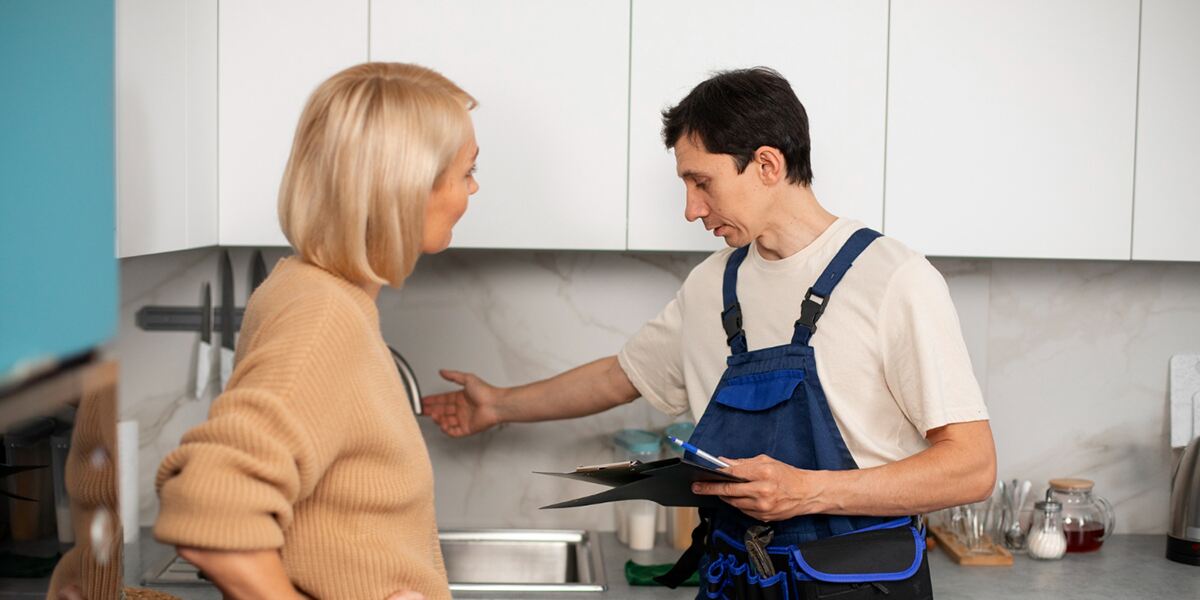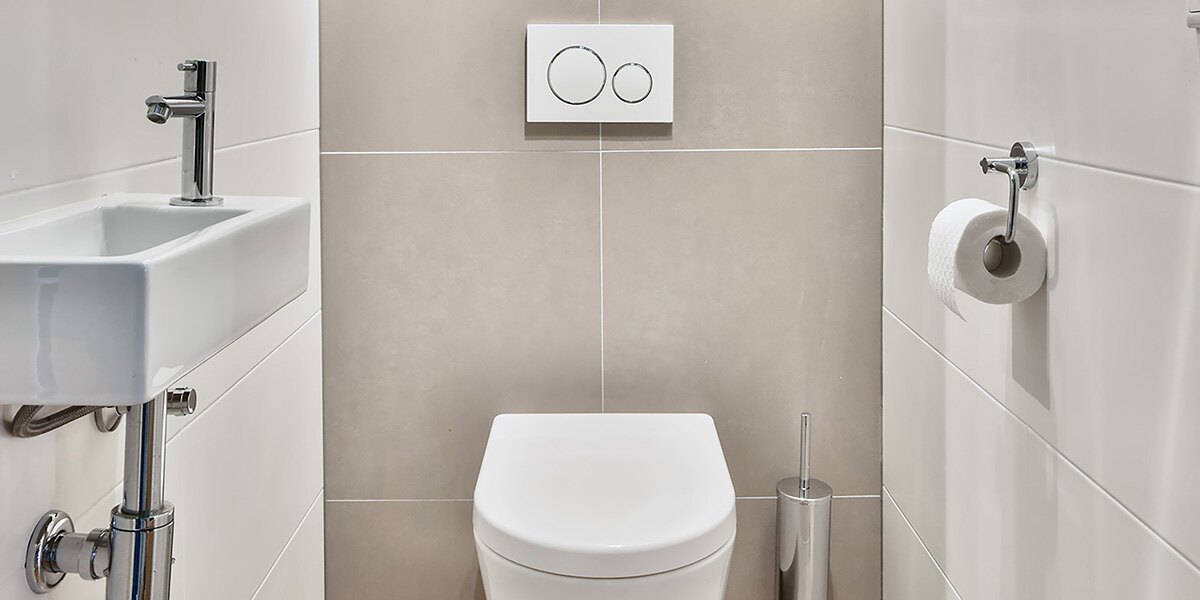Do you need help with how to stop your faucet from dripping? Call 405-889-1318 and hire professionals from Champion Plumbing to fix your leaky faucets today!
We’ve all experienced the annoyance of a faucet that won’t stop leaking, no matter how hard we try. Beyond the annoyance of the dripping noise, leaking faucets can cause significant issues for your home and plumbing systems. Therefore, learning how to fix a leaky faucet is crucial to maintaining an efficient plumbing system.
Hire Bethany’s professional plumbers to fix your leaky faucets. Our professional repair and maintenance technicians understand plumbing systems and can resolve problems quickly and effectively. Call Champion Plumbing to schedule a service consultation today.
Problems Leaky Faucets Can Cause
Leaky faucets are more than just a nuisance. Water leaking from your faucets can increase your water bill and lead to expensive water damage in your home. Therefore, it’s essential to begin amending leaky faucets immediately.
Causes of Leaky Faucets
Many homeowners wonder why their faucets won’t stop leaking. There are various causes of leaky faucets, and identifying the root is the key to resolving the problem. Read about the most common causes of leaky faucets below.
Water Pressure
Water pressure is one of the leading causes of leaky faucets. Sporadic leaking might indicate that water pressure inconsistencies are to blame for your leaky faucet.
Plumbing systems with water pressure issues may have more problems than leaky faucets. Therefore, hiring professionals to inspect your faucets and plumbing system is wise if you believe water pressure may be contributing to the problem.
Broken Washers
Washers provide a protective barrier against the friction between the valve seat and the faucet base. However, because these pieces bear the brunt of friction, they can wear down over time. Overworn washers can cause leaky faucets.
Broken Valve Seat
The leak location provides essential insight into the root of the problem. A broken valve seat will cause leaking at the base of your faucet.
Damaged Cartridges
Traditional double-handle sink faucets usually have cartridge handles. The cartridges are valves that isolate the water supply so that different sides can adjust the temperature. Leaking faucets might indicate a damaged cartridge.
Dysfunctional O-Ring
The O-ring attaches to the stem screw at the base of the faucet body to anchor the handle in place. Similar to washer placement, these parts of faucets endure a lot of friction. As a result, O-rings can break and cause significant leaks.
The 8 Steps to Stopping a Leaky Faucet
Below are the necessary steps on how to stop your faucet from dripping.
Step One: Identify the Type of Faucet
Each faucet type will have slightly different variations in resolving leaky faucets. After determining your faucet type, review your manual to confirm the repair process.
Compression Washer Faucets
Compression water faucets are the oldest model that is still popular and used today. These faucets utilize rubber washers to create a seal between the water supply and the faucet and block leaks. Compression water faucets come only as a double handle style and get tighter as you twist them.
Cartridge Faucet
This type of faucet is prevalent in most bathrooms where the double-sided design allows for maximal temperature control. The inner part of these faucets contains a cartridge responsible for blocking water flow and possible leaks.
Disc Faucet
Most common in modern, upscale kitchen faucets, disk faucets are a single-level cylindrical design attached to the side of a sink head.
Ball Faucet
Ball faucets sit on top of the sink head and function through a simple push-and-pull method that allows easy operation.
Step Two: Cut Off Water Supply
After identifying the type of faucet leaking, find the main water line for that fixture. Ensure you shut off any running water systems to the sink you’re fixing. Since you will remove the faucet handles, avoid significant leaks and water damage with this step.
Step Three: Remove the Faucet Handles
Next, you need to remove the faucet handles to look inside the body and identify the problem. Since every faucet handle has a different removal method, consult your sink manual to understand the removal process.
Step Four: Disassemble the Valve Stem
Now that you can see inside the faucet body, you should see the cartridge or brass valve stem that contains the rest of your faucet’s structure. Cartridge faucets are easy to remove, while compression faucets require some screwing. Removing this portion will allow you to examine the rest of the faucet and determine the issue.
Step Five: Check for Broken Parts
Get a good look at the components of your faucet. You can lay them out on a towel to get a closer look. At this point, it should be apparent what part of the faucet is causing the leak and needs replacing.
Step Six: Replace Damaged Components
Because of the different causes of leaky faucets, it’s essential to replace broken pieces. As mentioned above, broken valve stems, cartridges, o-rings, and washers can all cause a perpetually leaky faucet. Most hardware stores should offer suitable replacements for these components so you can return your sink to working order.
Step Seven: Clean Valves and Attachments
During sink use, minerals and bacteria in the water can build up around the edges of faucet attachments and handles. However, the faucet handles usually cover the valve body.
Pour white vinegar over the valve body to eliminate contaminants that might be building up from sink use. Cleaning away this grime will improve the appearance and function of your faucets.
Step Eight: Reassemble the Faucet
Finally, it’s time to reassemble the faucet with replacement parts and a newly cleaned valve body. If you follow these steps correctly, your leaky faucet should be gone.
Simplify Leaky Faucet Repair with Professional Maintenance from Champion Plumbing
An easier way to fix leaky faucets is by calling professionals to do the job. For more information about how to stop your faucet from dripping or plumbing backflow, call 405-889-1318 and schedule a service consultation with professionals from Champion Plumbing today!






